Home>Home Appliances>Bathroom Appliances>Who Invented The First Electric Toothbrush
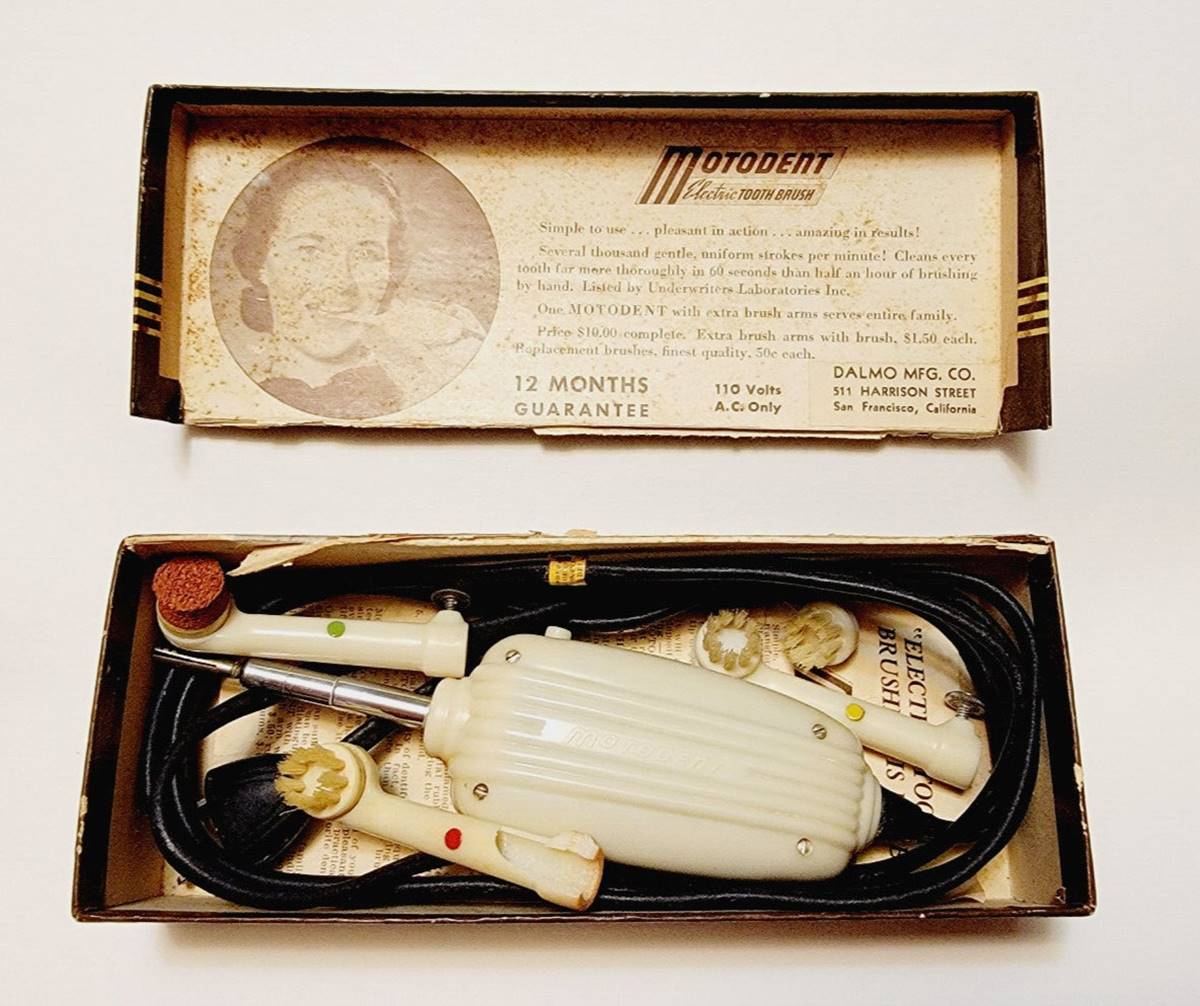

Bathroom Appliances
Who Invented The First Electric Toothbrush
Modified: March 24, 2024
Discover the history of the electric toothbrush and learn about its inventor. Find out how this bathroom appliance revolutionized oral hygiene.
(Many of the links in this article redirect to a specific reviewed product. Your purchase of these products through affiliate links helps to generate commission for Storables.com, at no extra cost. Learn more)
**
Introduction
**
The quest for optimal oral hygiene has been an enduring pursuit throughout human history. From the earliest known teeth-cleaning tools made from twigs to the modern electric toothbrushes that adorn bathroom shelves today, the evolution of dental care has been nothing short of remarkable. In the age of technological advancement, the electric toothbrush stands as a testament to the marriage of innovation and oral health. But have you ever wondered about the origins of this indispensable bathroom appliance? Who were the pioneers responsible for revolutionizing the way we clean our teeth? In this article, we will embark on a captivating journey through time to uncover the fascinating history of the electric toothbrush, exploring its early prototypes and the groundbreaking invention that paved the way for the modern electric toothbrush as we know it. Join us as we delve into the intriguing story of the first electric toothbrush and the ingenious minds behind its creation.
**
Key Takeaways:
- The electric toothbrush, invented in 1954, revolutionized dental care with ultrasound technology, paving the way for modern electric toothbrushes with advanced features like oscillating brush heads and smart connectivity.
- The journey from ancient teeth-cleaning tools to the electric toothbrush showcases humanity’s commitment to innovation and oral health, offering a comprehensive and personalized brushing experience for users today.
History of the Toothbrush
**
The history of the toothbrush is a testament to the ingenuity of mankind in the pursuit of dental hygiene. The earliest evidence of dental cleaning tools dates back to ancient civilizations, where people used frayed twigs or rough cloths to scrub their teeth. The concept of a toothbrush, as we recognize it today, began to take shape in the 15th century when the Chinese crafted bristle toothbrushes using boar hair. This innovation spread to Europe, where the design evolved with the use of horsehair or softer animal bristles.
By the 19th century, William Addis, an English entrepreneur, revolutionized the toothbrush industry by mass-producing toothbrushes with handles made from cattle bone and bristles derived from swine. This marked a significant leap forward in dental care, making toothbrushes more accessible to the general populace.
Fast forward to the 20th century, the introduction of nylon bristles by Dupont in 1938 propelled the toothbrush into the modern era, offering a more effective and hygienic alternative to animal hair bristles. This pivotal moment laid the groundwork for the next revolutionary leap in dental care – the electric toothbrush.
The evolution of the toothbrush reflects humanity’s unwavering commitment to oral health, with each iteration representing a step forward in the ongoing quest for cleaner, healthier teeth. As we transition into the era of electric toothbrushes, it’s essential to understand the pivotal moments and creative minds that shaped the trajectory of this essential bathroom appliance.
**
Early Attempts at Electric Toothbrushes
**
The concept of an electric toothbrush took root in the late 19th century, as visionaries sought to enhance the efficacy of traditional toothbrushes through mechanization. One of the earliest attempts at an electric toothbrush can be traced back to 1880, when Dr. Scott introduced a crude electric toothbrush powered by a hand crank. This rudimentary device, albeit innovative for its time, failed to gain widespread traction due to its impractical design and limited functionality.
Subsequent decades witnessed sporadic attempts to refine the electric toothbrush, with inventors experimenting with various motorized mechanisms to automate the brushing process. In 1939, an American inventor named Dr. Philippe-Guy Woog developed a prototype of an electric toothbrush that incorporated a form of rotary motion. While this invention represented a significant leap forward, it was not until the mid-20th century that the electric toothbrush began to gain momentum.
As the world entered the post-World War II era, technological advancements and a growing emphasis on personal hygiene spurred renewed interest in electric toothbrushes. Companies such as General Electric and Squibb began producing early electric toothbrush models, albeit with limited success due to their bulky designs and high costs.
Despite the challenges, these early attempts at electric toothbrushes laid the groundwork for subsequent innovations, setting the stage for the breakthrough that would forever change the landscape of dental care. The journey toward the first commercially successful electric toothbrush was marked by perseverance, creativity, and a relentless pursuit of a more effective means of maintaining oral hygiene.
**
The first electric toothbrush was invented in Switzerland in 1954 by Dr. Philippe-Guy Woog.
The First Electric Toothbrush Invention
**
The pivotal moment in the history of the electric toothbrush arrived in 1954 with the invention of the Broxodent, widely regarded as the world’s first commercially produced electric toothbrush. Dr. Philippe-Guy Woog, the same visionary who had previously developed a prototype electric toothbrush, collaborated with the Broxo Company to bring his innovative creation to the masses. The Broxodent marked a paradigm shift in oral hygiene, offering a more efficient and user-friendly alternative to traditional manual toothbrushes.
What set the Broxodent apart from its predecessors was its utilization of ultrasound technology, a groundbreaking feature that distinguished it as a trailblazer in the realm of dental care. The ultrasonic vibrations emitted by the Broxodent’s brush head enabled a thorough and gentle cleaning action, effectively removing plaque and debris from the teeth and gums.
The introduction of the Broxodent revolutionized the daily dental care routine for countless individuals, garnering widespread acclaim for its effectiveness and convenience. Its success paved the way for subsequent advancements in electric toothbrush technology, leading to the diverse array of electric toothbrush models available in the present day.
Since the debut of the Broxodent, electric toothbrushes have continued to evolve, incorporating innovative features such as oscillating brush heads, pressure sensors, and smart connectivity. These advancements have further elevated the standard of oral care, offering users a comprehensive and personalized brushing experience.
The invention of the Broxodent stands as a testament to human ingenuity and the relentless pursuit of enhancing everyday conveniences. Dr. Woog’s pioneering work laid the foundation for a transformative shift in dental hygiene, shaping the modern electric toothbrush into an indispensable tool for maintaining optimal oral health.
**
Conclusion
**
The journey through the history of the electric toothbrush unveils a captivating narrative of innovation, perseverance, and the quest for enhanced oral hygiene. From the humble origins of the toothbrush as a primitive cleaning tool to the advent of the modern electric toothbrush, the evolution of dental care reflects humanity’s unwavering commitment to improving daily routines and overall well-being.
Early civilizations’ rudimentary teeth-cleaning tools paved the way for the sophisticated toothbrushes we use today, with each iteration representing a step forward in the ongoing pursuit of cleaner, healthier teeth. The introduction of the electric toothbrush marked a transformative moment, offering a more efficient and convenient means of maintaining oral health.
The invention of the Broxodent, the world’s first commercially produced electric toothbrush, epitomized this transformative shift. Dr. Philippe-Guy Woog’s pioneering work, coupled with the utilization of ultrasound technology, heralded a new era in dental care, setting the stage for the diverse array of electric toothbrush models available today.
As we reflect on the history of the electric toothbrush, it becomes evident that the pursuit of innovation and improvement knows no bounds. The electric toothbrush stands as a testament to the amalgamation of technology and oral health, offering users a comprehensive and personalized brushing experience.
Today, electric toothbrushes continue to evolve, integrating advanced features that cater to diverse dental care needs. From oscillating brush heads to smart connectivity, these innovations underscore the commitment to enhancing oral hygiene practices in the modern age.
In closing, the story of the electric toothbrush serves as a reminder of the profound impact of innovation on everyday essentials. The journey from ancient dental care practices to the cutting-edge electric toothbrushes of today is a testament to human ingenuity and the relentless pursuit of improving lives through technological advancements.
Frequently Asked Questions about Who Invented The First Electric Toothbrush
Was this page helpful?
At Storables.com, we guarantee accurate and reliable information. Our content, validated by Expert Board Contributors, is crafted following stringent Editorial Policies. We're committed to providing you with well-researched, expert-backed insights for all your informational needs.
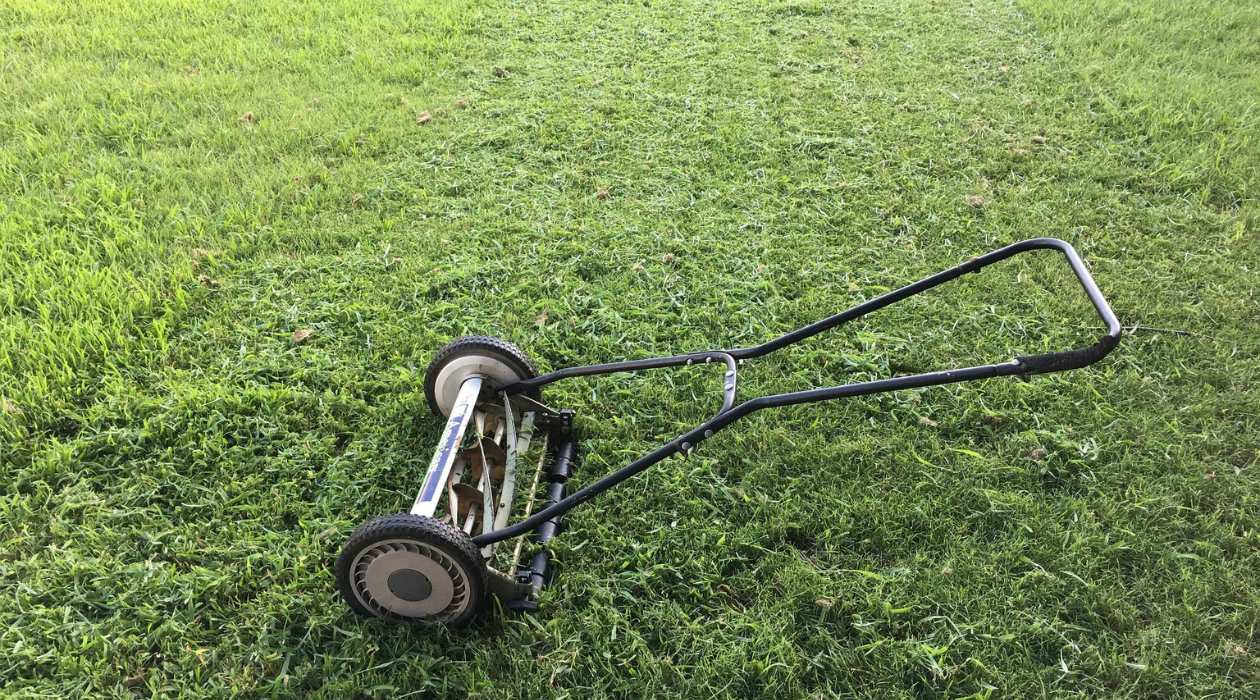

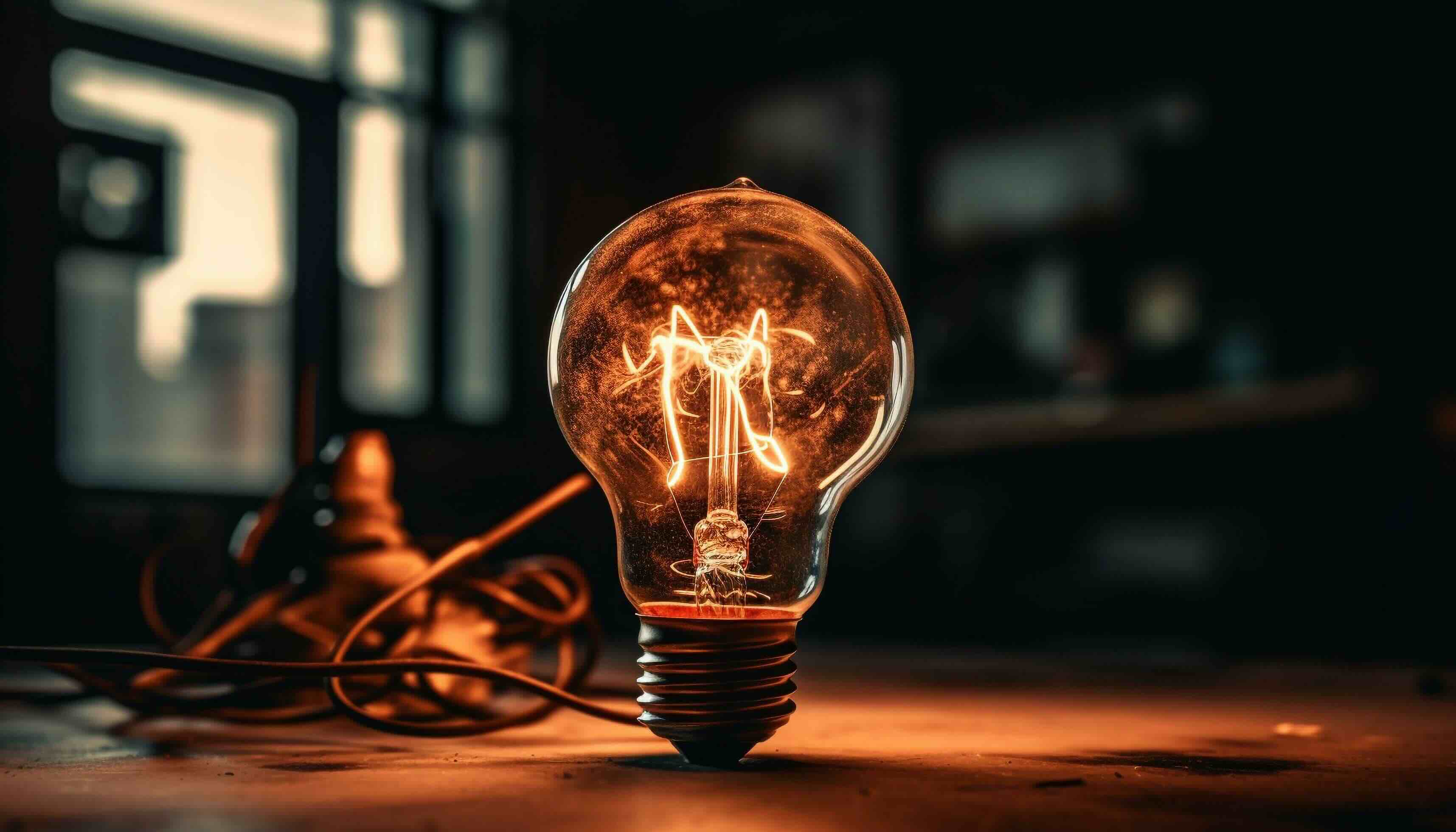
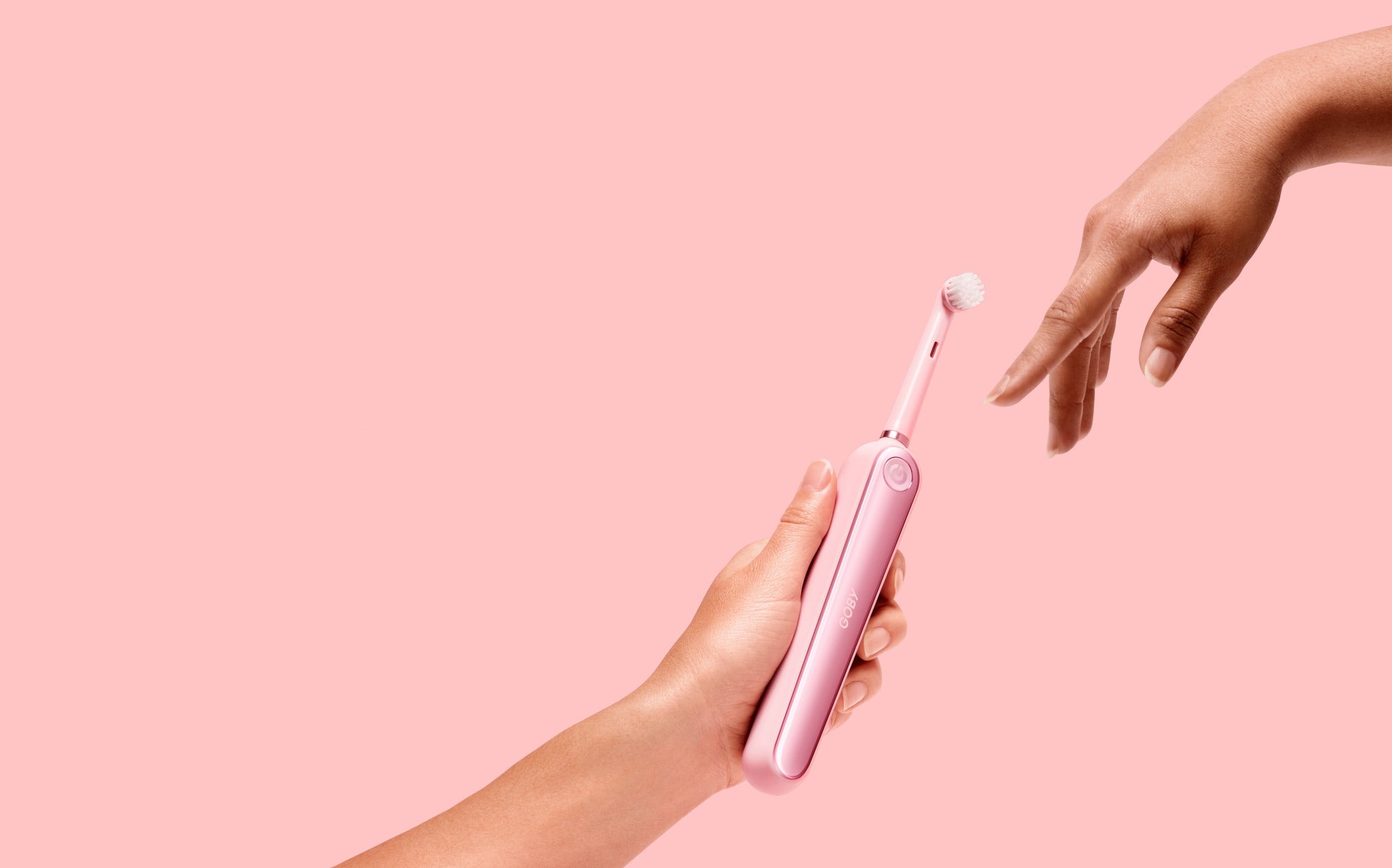
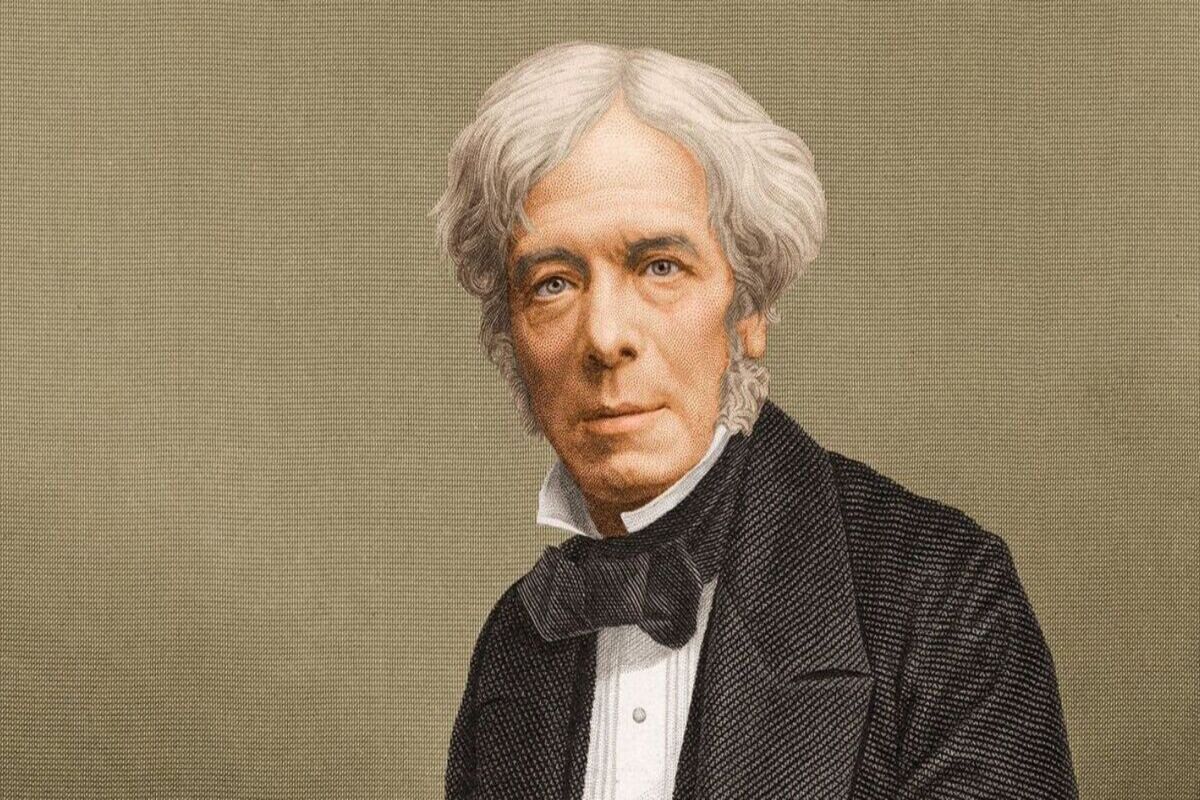

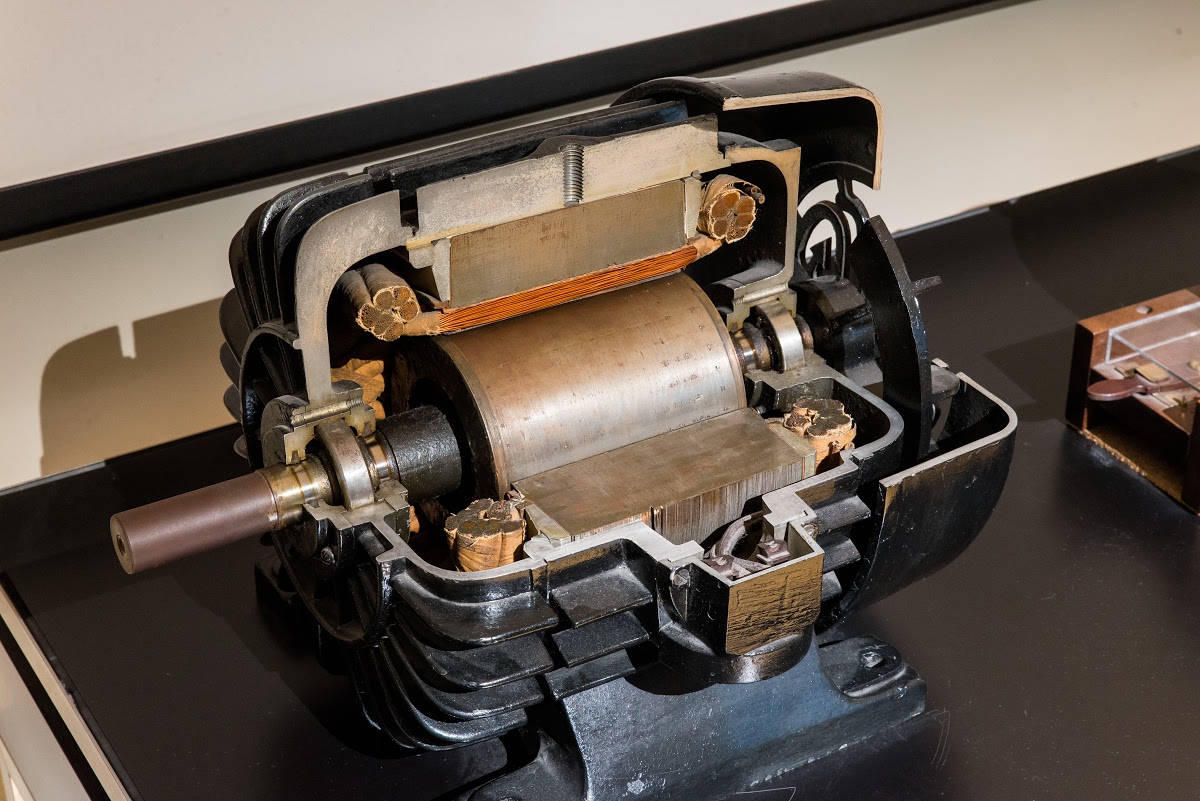
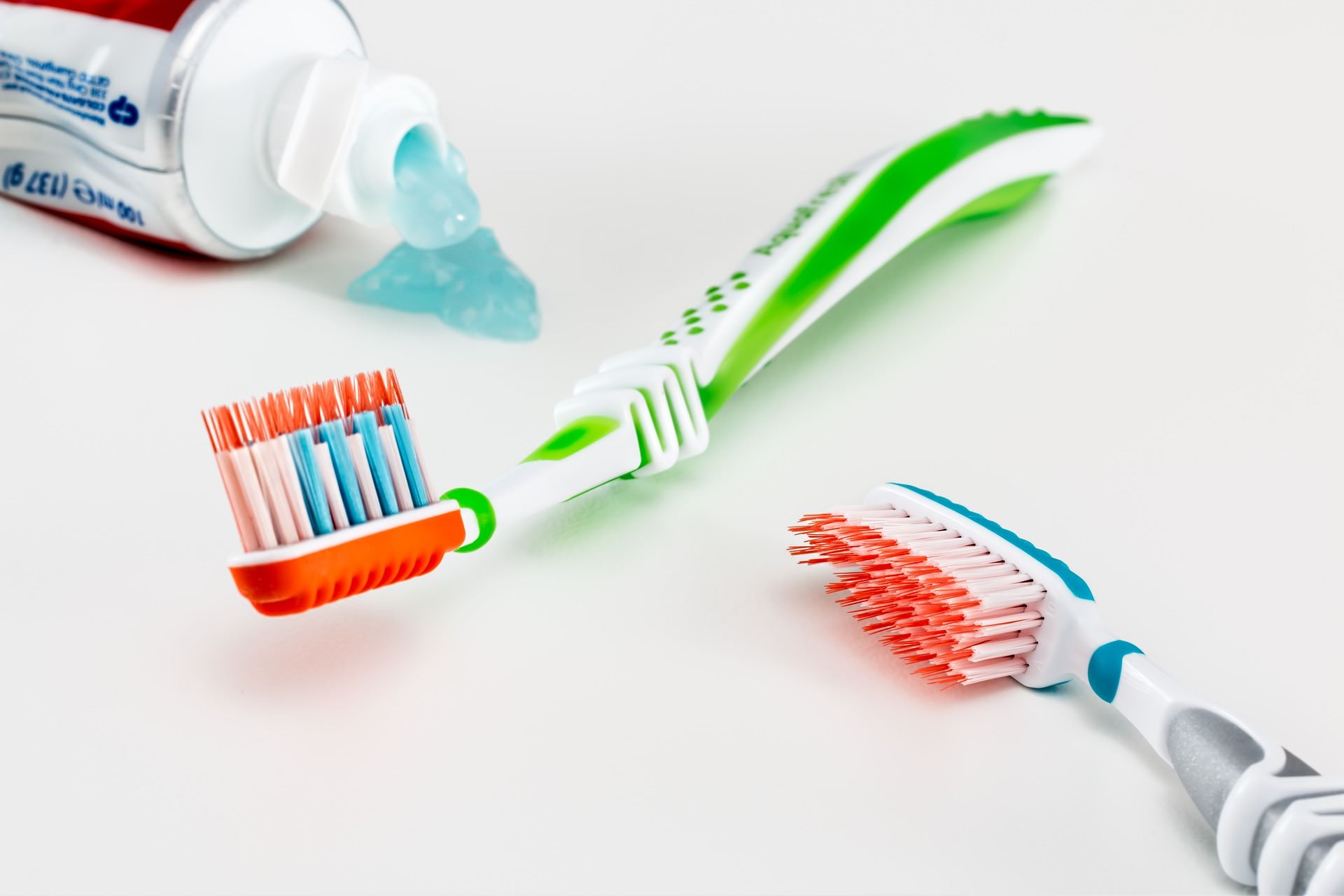
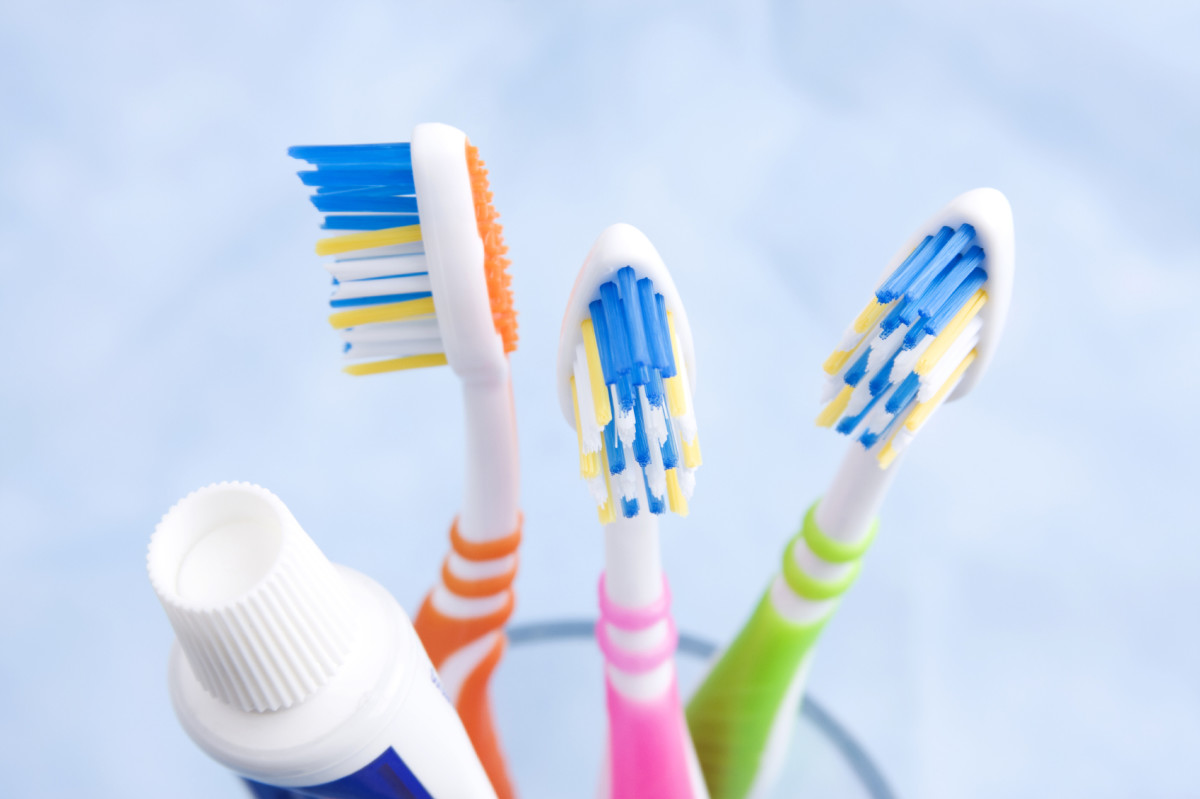
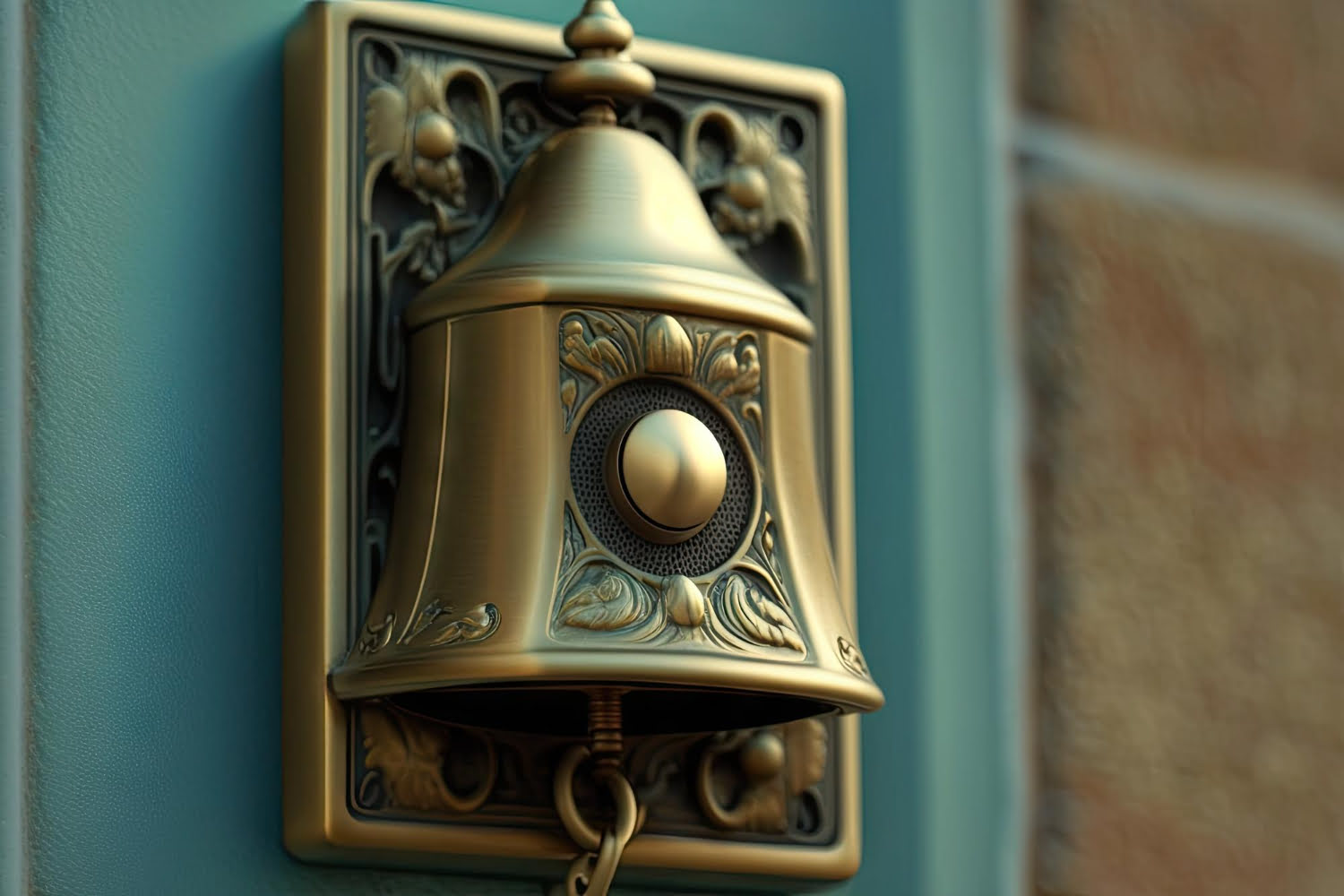
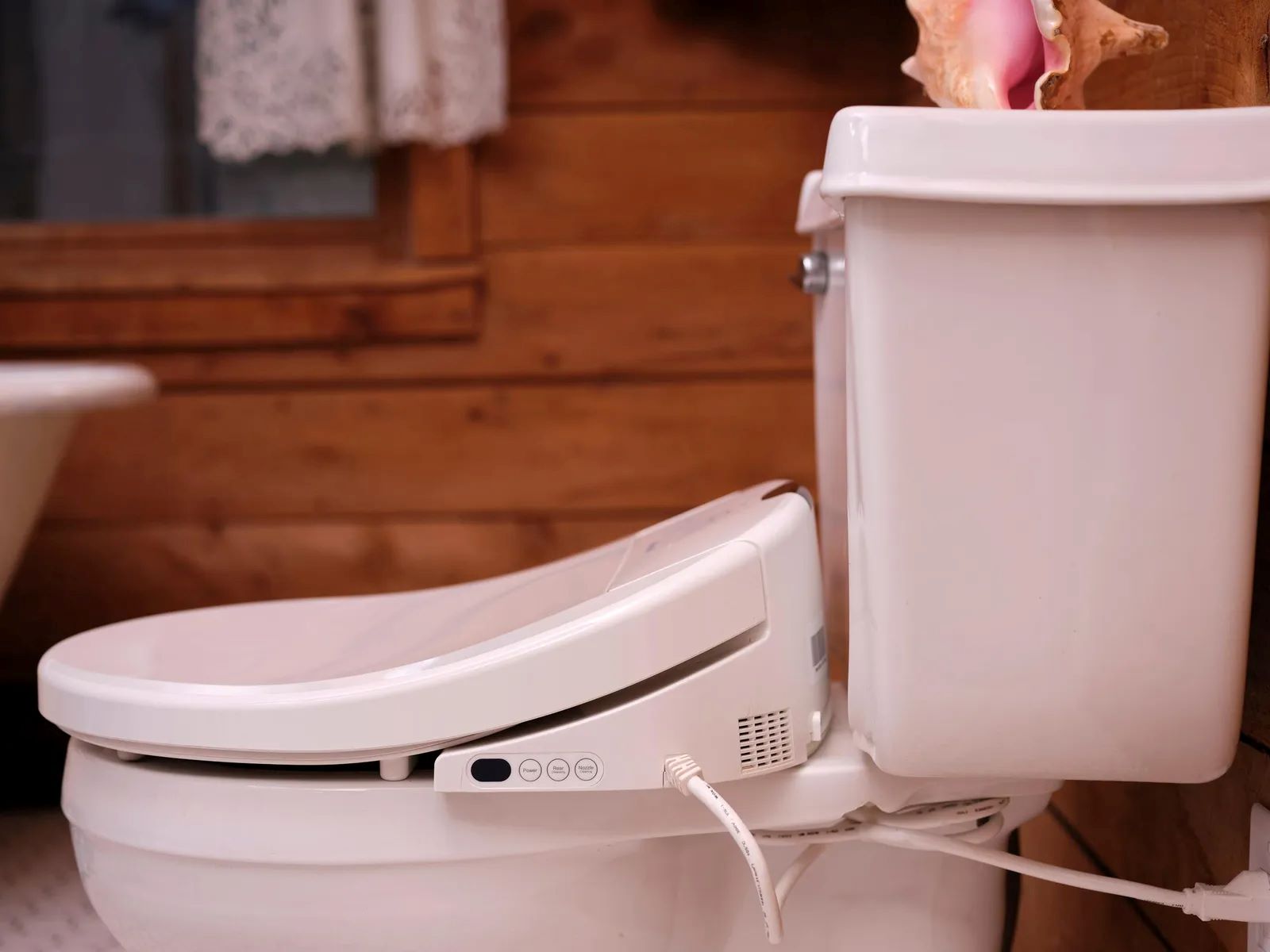
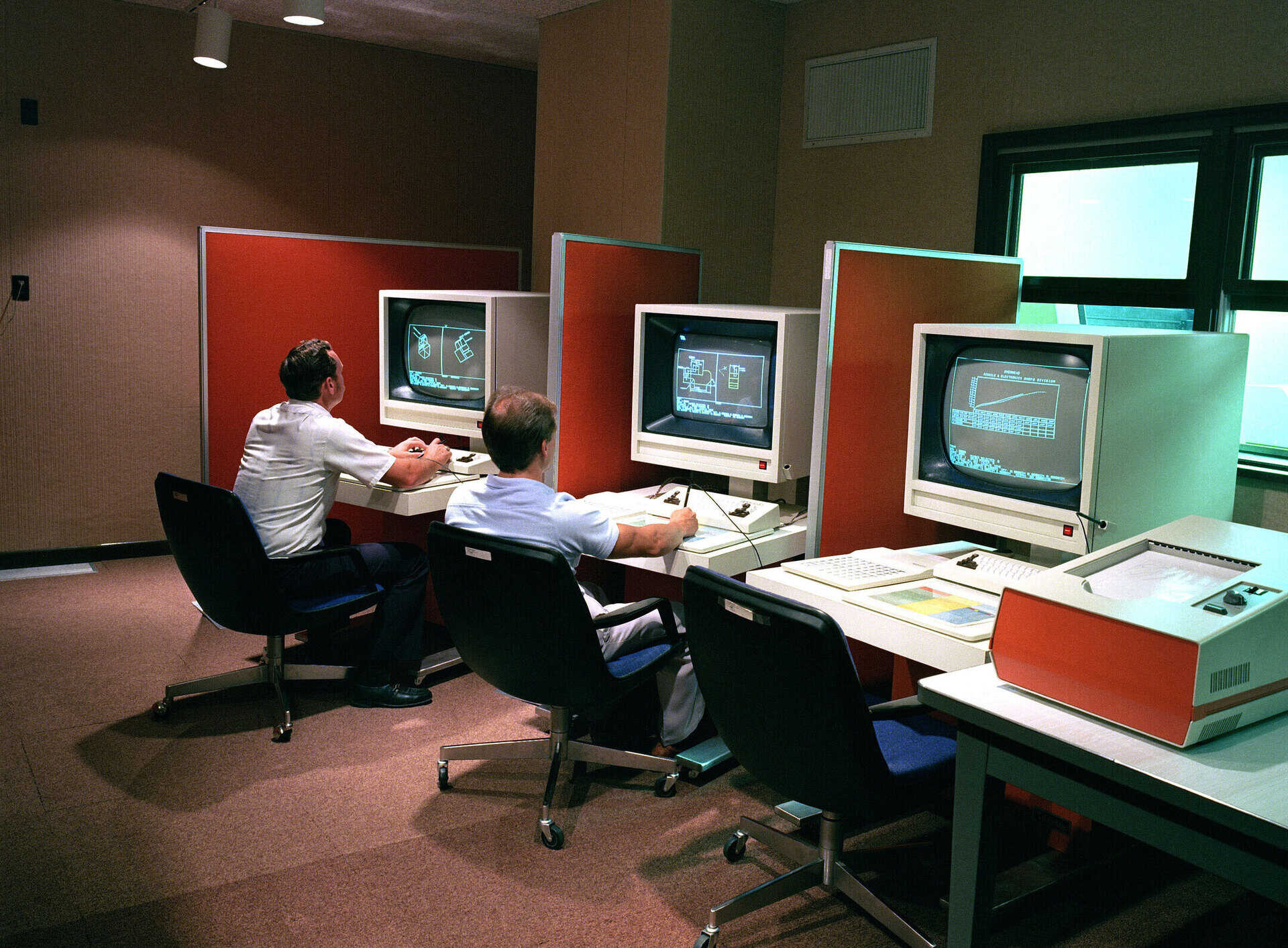
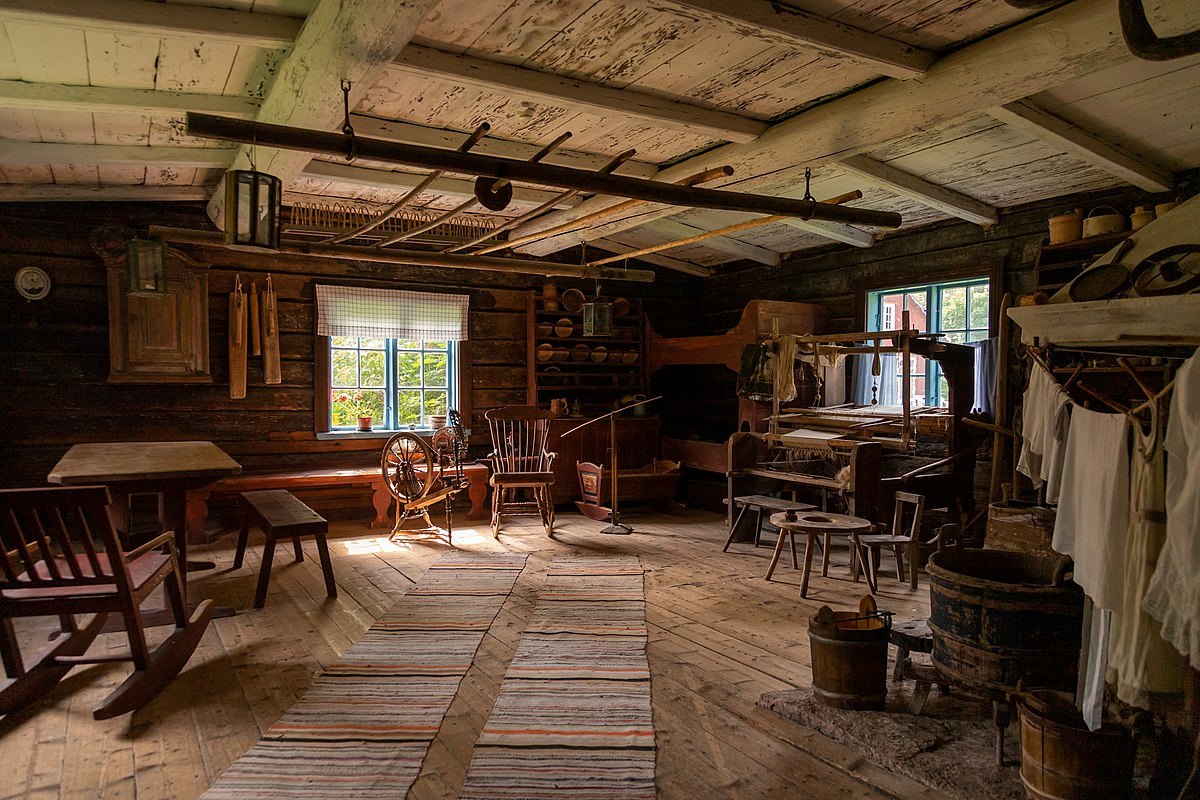

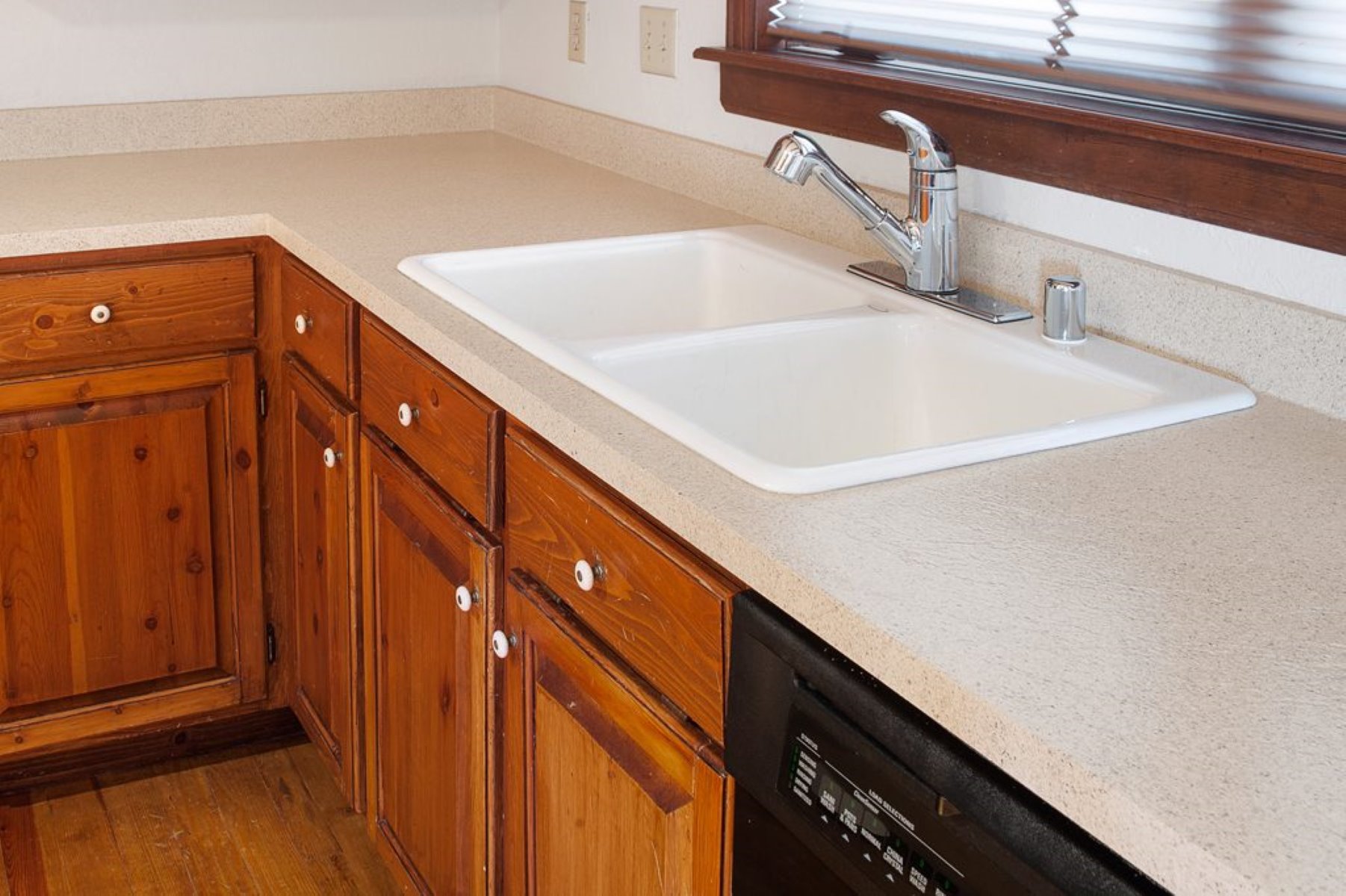

0 thoughts on “Who Invented The First Electric Toothbrush”